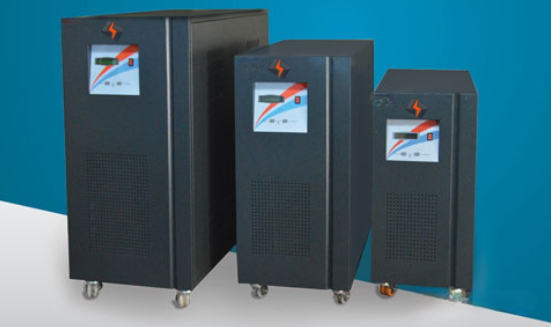UPS Systems
A UPS, or Uninterruptible Power Supply, is an electrical device that provides emergency power to connected equipment when the primary power source (usually the utility grid) fails or experiences voltage fluctuations beyond a certain limit. UPS systems play a critical role in ensuring the continuity of operations and protecting sensitive electronic devices from power disruptions. They are commonly used in various settings, from homes and offices to data centers and industrial facilities.
Here are some key aspects of UPS systems:
1. Types of UPS: There are several types of UPS systems, each offering different levels of protection and backup capabilities:
Offline/Standby UPS: This type switches to battery power when it detects an input power failure. There’s a brief transfer time during which the connected equipment might experience a momentary interruption.

Line-Interactive UPS: These UPS systems provide continuous voltage regulation and compensate for minor voltage fluctuations without switching to battery power. They offer a more stable power supply to connected devices.
Online/Double-Conversion UPS: Online UPS systems continuously provide power from their internal batteries while also converting incoming AC power to DC and then back to AC. This ensures the most stable and seamless power supply, eliminating transfer times.
2. Functions of a UPS:
Power Backup: UPS systems provide backup power during outages, allowing connected devices to continue operating for a certain period. The backup time depends on the UPS’s capacity and the load connected to it.
Voltage Regulation: UPS systems often offer voltage regulation capabilities, stabilizing the output voltage and protecting connected equipment from voltage sags and surges.
Surge Protection: Many UPS systems include surge protection to safeguard connected devices from voltage spikes caused by lightning or other electrical events.
Frequency Regulation: In online UPS systems, frequency regulation is maintained to ensure that the connected devices receive power at the correct frequency.
3. Applications: UPS systems are used in various scenarios, including:
- Providing power backup to computers, servers, networking equipment, and other electronics in homes and offices.
- Ensuring uninterrupted power for critical systems in data centers, where even a short outage can lead to data loss or downtime.
- Protecting industrial equipment, medical devices, and communication systems that require continuous power supply.
4. Sizing and Configuration: Choosing the right UPS involves considering factors like the load you need to protect, the desired backup time, and the specific features required. UPS systems come in various sizes and capacities to match different power needs.
5. Maintenance: Regular maintenance is essential to keep a UPS system in optimal condition. This includes monitoring battery health, performing tests, and ensuring proper cooling and ventilation.
UPS systems are an integral part of a reliable power infrastructure, ensuring that critical equipment remains operational even in the face of power disturbances. When selecting a UPS, it’s important to assess your power requirements, the criticality of the connected devices, and any specificfeatures necessary for your application.

